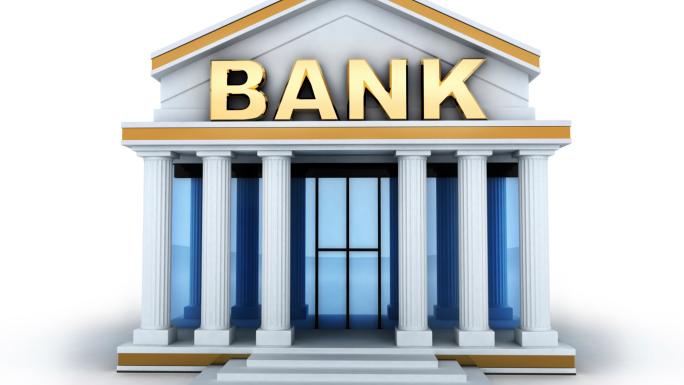The seventh main real-life topic is money.
Before macroeconomics, I did not think about money in the financial way it warrants. Money is defined as a standard medium of exchange used in society to facilitate goods and services. Seems pretty self explanatory, right?
Next, there are two types of money: commodity money and fiat money. Commodity money has intrinsic value, which means it has value by itself physically/is valuable on its own. A prime example of this is precious metal.
The other type of money is fiat money. This kind does not have much value on its own (low intrinsic value). So, you might wonder as I did, what makes it valuable then? The answer is the government's endorsement of it as a medium of exchange. A prime example of fiat money is cash, and a prime example of the government endorsing it would be money legal tender.
Furthermore, it is necessary for everyone to know the three functions of money: 1) money is a medium of exchange (which facilitates the exchange of goods and services), 2) money serves as a unit of account (use money or monetary units to quote prices and values of things), and 3) money stores value of things (so we are able to carry wealth overtime. Nominal or monetary amount is subject to losing its real value, also known as its purchasing power.)
I find it very important for me, personally, to understand these concepts as I am graduating college in one year and will be on my own financially in no time. I do not think it has hurt me to learn the technical values and meanings of everything related to money, how to measure quantity of money, the modern banking system, and monetary policy all just this semester, but I am definitely happy I now have knowledge of it moving forward.






/GettyImages-1054017850-f5bbff63cfb34b2a95f172a0231046e9.jpg)



